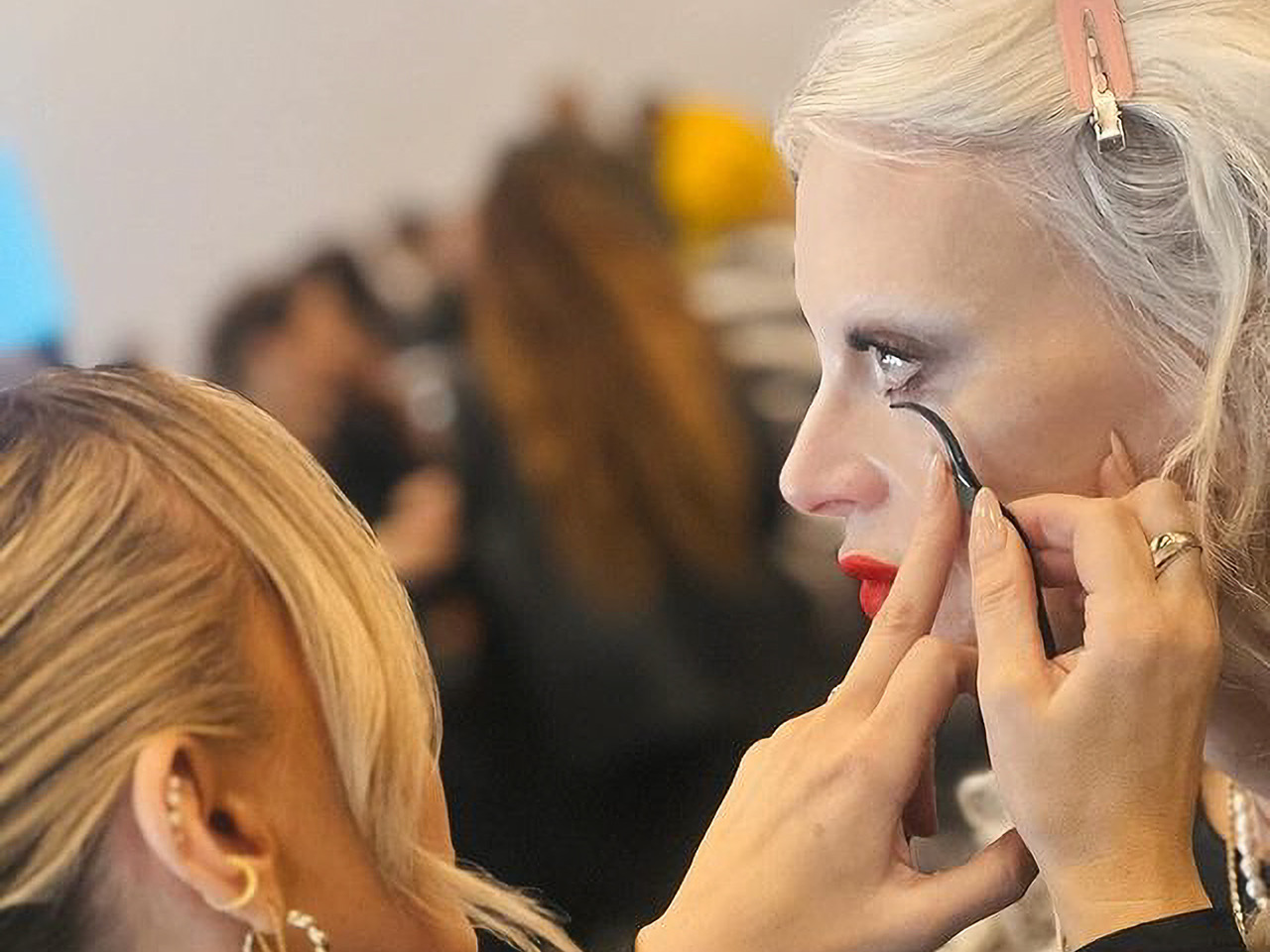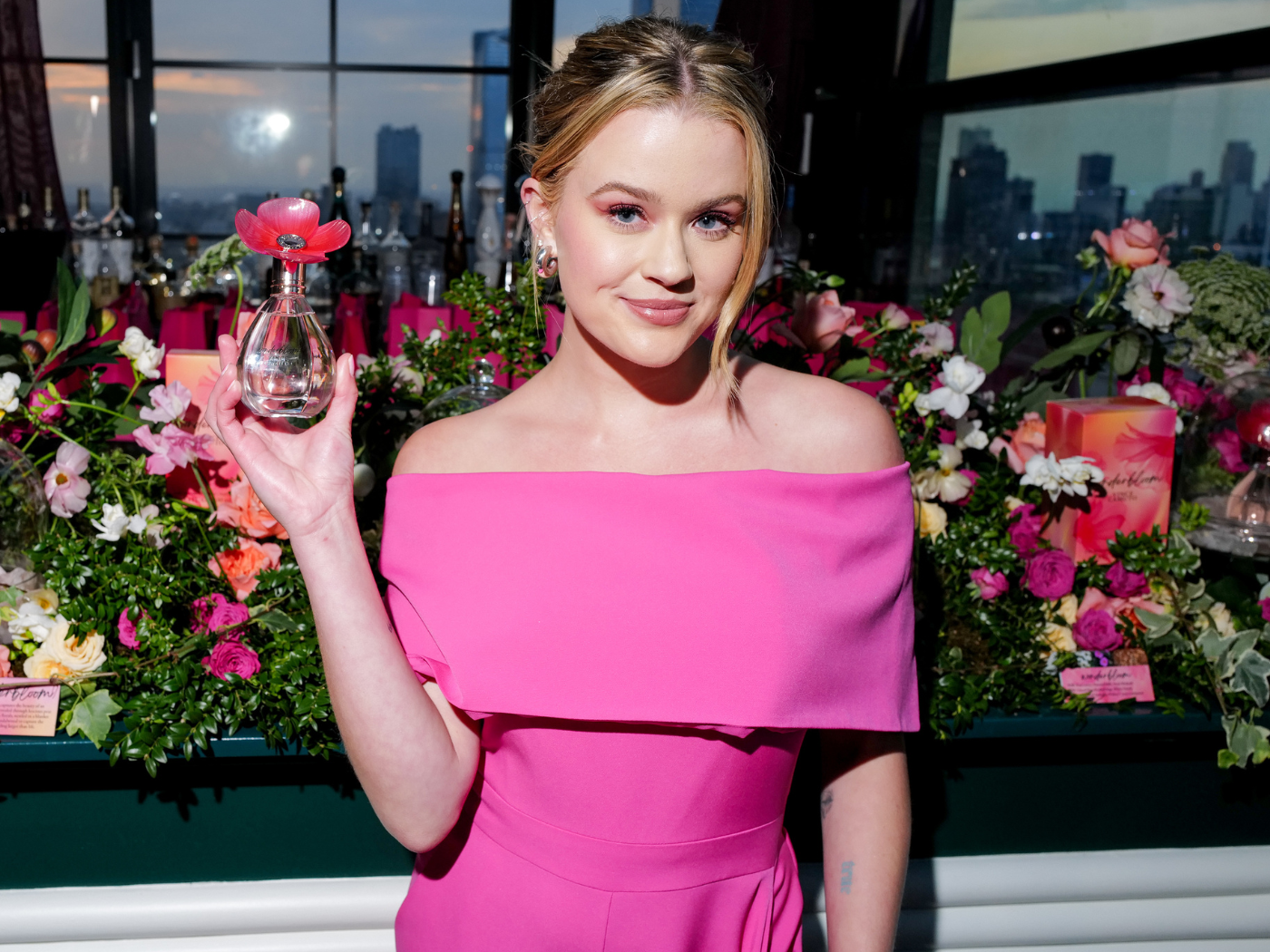Alexis Rodriguez, Founder of Harper Grey Consulting, a brand strategy and marketing consultancy, started her company in 2017 to help brands connect the dots across consumer touchpoints for moments of impact, breakthrough storytelling and community building. Over the past 20-plus years, Alexis has worked as a communications and marketing executive with leading brands including Diane von Furstenberg, Bobbi Brown, Rita Hazan, Naturopathica, Augustinus Bader and Tom Ford Beauty. As marketing and storytelling is her passion, Alexis has been taking notes on how brands are marketing and messaging to consumers during this unsettling time. Below, she shares a few Do’s and Don’ts for marketing brands during the pandemic.
First and foremost, content is king, queen and everything in between. DO create a strong content strategy right now to connect to your audience. When creating this strategy, remember you are the consumer, too. How do you want to be spoken to right now by brands? Do you want to hear from them at all? If so, which ones and how often? With what messages? Apply this thinking to your brand.
DO service the consumer beyond just selling your product range. This is something you should always be doing, but it’s crucial now, and it involves activating your content strategy. So, what does that look like for your brand? Offering the consumer a service, advice, tips, tutorials, etc. creates a connection that is more than just transactional. Some strong content examples I’ve seen include Dr. Dennis Gross hosting LIVE master classes, the Zents Wellness Room, True Botanicals’ Good News Only weekly newsletter (brilliant content!), and Wander Beauty’s Digital Dating Ideas guide. Rita Hazan and James Corbett Salon have taken it a step further to offer high-touch services in the form of custom color kits to their clients delivered to their homes. You can take a simpler approach and share quarantine playlists, recipes, TV/movie recos…or start a beauty book club. It’s all about community building, so make whatever you’re offering meaningful and applicable to the times.
DO be mindful of your messaging. Also, remember there is more than one message to convey. It’s not just about staying at home or working from home. Some people are essential workers and are not home. Some people have more time, while others have less time. Some are terrified while others are enjoying this pause. Think about how to address everyone via different messages across various platforms. Be honest and as sincere as possible. Goby toothbrushes did a brilliant job of this with an e-mail that stressed “we’re here for you” and shared wellness tips, wrapping up with a comforting message: “…don’t feel pressured to do, well, anything more than you have to right now.” It was sincerely written with a quick mention of brushing teeth, but wasn’t trying to sell anyone. BeautyCounter very cleverly used UGC and consumer testimonials for their “at home necessities” e-mail to share how they’ve been using the line at home or to help them feel more confident as they work from home. It was authentic and impactful without feeling overtly commercial, but now I want that Facial Mask.
I’ve seen e-mails and posts from brands that make no mention whatsoever of this pandemic, staying at home, working from home, etc. This comes off as insensitive and tone deaf. You can of course still market and sell your products, but do it with respect for the situation at hand. Makeup brands featuring how-to’s for Zoom meetings and virtual Happy Hours are a great example of pivoting the strategy to promote products while being relatable and relevant.
DO consider activating or ramping up traditional marketing tactics. In my experience, there are two effective ways to communicate with the consumer and convert – direct to inbox and direct to mailbox. Re-examine your e-mail marketing strategy and DON’T send canned e-mails. Make that communication count. Now is the time to really engage the consumer, as open rates are up because more people are on desktops at home. And while direct mail might seem too traditional, we are all going back to basics on many levels, and it’s proven to be effective. With the right story and offer, you can connect with new and existing consumers alike because we are mostly all home right now.
DO engage in philanthropy, but only if you really mean it. The Estée Lauder Cos. is the perfect example, having switched production at some of their facilities over to making hand sanitizers. I want to support their brands now because I know this company cares about people. I have seen other brands make hand sanitizers a marketing gimmick offering them as a GWP or as part of a bundle. In my opinion, it’s not a good tactic.
Partnerships are everything now. DO find the right partners to underscore your brand messaging. Several brands collaborating with psychiatrists, nutritionists, fitness experts/personal trainers, etc. are not only helping these other businesses, but are reinforcing their brand equity as well, AND are servicing the consumer beyond product. Partnerships are really powerful right now, and can be done in a down and dirty way with little money or production. Hello Wellness is a perfect example, offering a lineup of pilates classes, guided meditations, journaling courses, and more via Instagram LIVE.
Everyone needs to remember that this situation isn’t anything we ever could have predicted or prepared for properly. I respect and admire brands for doing what they have to do to survive this situation, but how your brand is presented to the world during this pandemic could impact how consumers feel about your brand when this passes, for better or for worse. We all need to reevaluate our brand promise right now (another DO) to get through this and come out stronger when we go back to a new normal. I do believe that the beauty brands who will come out of this on top will be those who forged a strong relationship and emotional connection with their consumers during this time. Let that be your takeaway.




